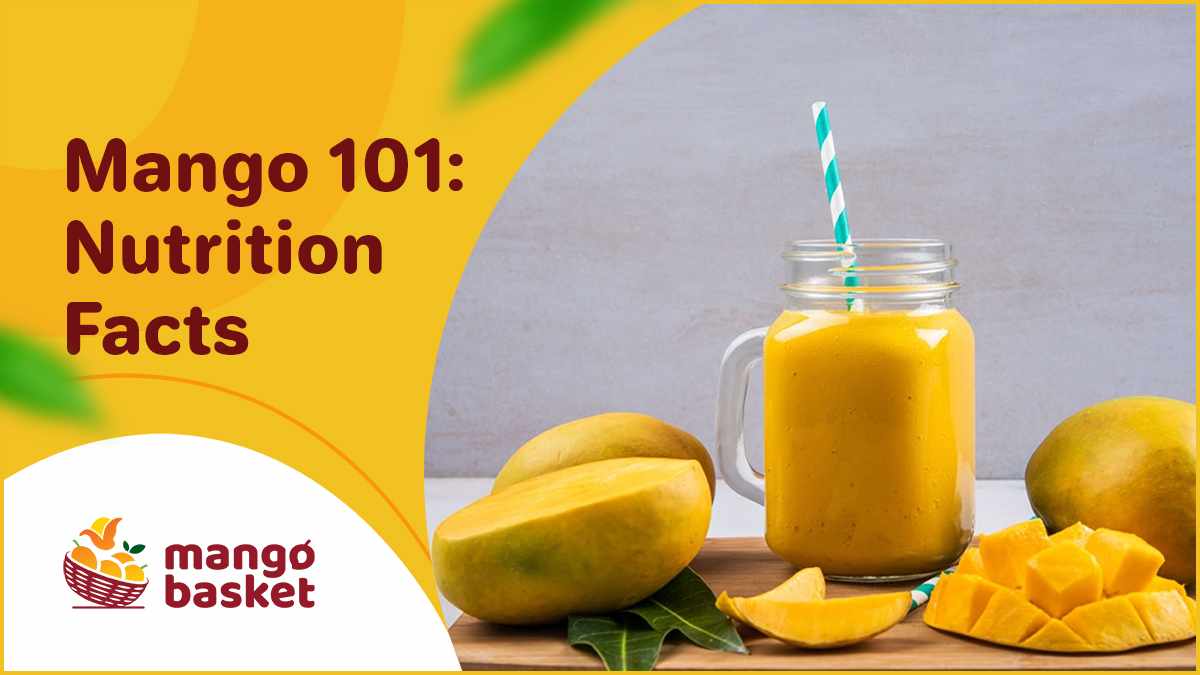Mango Benefits for Skin

When it comes to our skin, we get very curious about the natural things that we can apply to our skin to get a glowing look. And as we know that mango is on the top list of fruits, we always think of the ways of using it for our benefit.
Well, mango is the most loved and eaten fruit all around the world. It is loved by people of all ages and is cultivated in more than 100 countries because of its huge consumption. This fruit is also called the “king of fruits” and is filled with many important nutrients, vitamins, antioxidants, and various minerals that are very beneficial for our healthy living.
A single cup of mango contains around 1/3rd of your daily vitamin C intake. It also contains around 8% of your daily copper needs. It is also enriched with various other vitamins, which are vitamin B6, vitamin A, and vitamin E. In this article, we are going to discuss various mango benefits for the skin and how they are essential for our healthy body functioning.
Mango Benefits for Skin
Potential benefits of mango for skin
Even after being known as “king of fruits” mangoes are also crucial for your skin health it also has qualities to protect your skin from sun rays, remove tanned skin, and keep your skin glowing and moisturising. Skin experts prescribe mangoes to keep the skin in good condition and for keeping them in beautiful condition.
Mangoes are very rich in several nutrients, including vitamin C, vitamin A and minerals like copper, magnesium, and potassium. These nutrients are very beneficial for your good skin health, and these help in protecting your skin from the harmful UV rays given by the sun. It also helps in reducing acne, and this brightens your skin and leads it to glowing skin. Thus, mangoes help improve your skin health and nourish them with the proper nutrients required by your skin.
It also helps in collagen production because of its richness in vitamin C; it helps produce collagen, which is the most common protein found in your skin and gives your skin a proper structure. People who have a deficiency of vitamin C develop a situation of scurvy in which their skin loses its self-healing capacity.
Mangoes also contain a polyphenol known as mangiferin. Polyphenols are chemicals naturally synthesized by plants. Mangiferin acts as antioxidants, which are very much good for our body system. Mango kernels, seeds, and peels contain the highest concentration of mangiferin.
How is mango used for skin health?
Now that we know the benefits mango can give to our skin, how exactly do we have to use it to gain these benefits? Well, to get the answer, we’ve given some of the widely used ways of applying mango to our skin.
Mango face pack
A mango face pack is used for brightening skin and improving skin health. You need to take one mango and blend it with 3tsp of Multani-mitti and mix it with some amount of yogurt for making it. After this, you will have a thick consistency. Before applying this on your face, clean your face first, and then apply this paste evenly on your skin and let it dry for some time. After this, wash it off, and you will find your skin brightened up and clear.
Mango face mask
This face mask is used for repairing tanned skin. For this, you need to mix one pulp of mango with 1tsp of lemon juice. Mix it thoroughly and apply all the tanned areas of your skin. Keep this paste on your face for 20 mins; after this, wash it off with cold water, and you will get your tanned free skin, and your skin will look more fair and clear.
Mango face pack for exfoliating
For making this pack, take 1tsp mango puree, 1tsp of brown sugar, and 1tsp milk. Mix these ingredients well and make a dark paste of them and apply gently on your face and leave it for at least 10 minutes. After this, wash it through cold water, and you will feel that your skin will be more clear and more moisturised.
Mango face mask for anti-aging effects
This face mask is used for anti-aging and reducing its effects. For this, you have to take an egg white and add mango pulp. Mix all other ingredients to make a thick and smooth paste. Apply this paste to your face, let it dry and wash it with cold water. Doing this procedure thrice a week will give you the best results for your skin.
Precautions for using mangoes for your skin
The above description explains how mangoes are used to get healthy and glowing skin. Although mangoes are very safe to eat and apply to your skin, some people may experience uncommon side effects. Here, we are going to discuss the precautions one must take care of before using mangoes for your skin.
Mangoes, if consumed in unsupervised or large quantities, increases the risk of cardiovascular diseases. They are high in cholesterol and hence can cause a heart attack or stroke. Similarly, when mangoes are applied to the skin in an unintended way, they can cause discomfort.
Refrain from using mangoes if you are going through a cosmetic procedure. Consult your dermatologist before applying mangoes. If you feel itchiness or irritation after applying the mango face pack, remove the pack immediately. Also, avoid using the face pack if you suffer from severe acne, extreme sensitivity, eczema, etc.
Some people are allergic to mangoes. These people should not apply mangoes in any form to avoid any discomfort. Mango’s skin has a chemical known as urushiol, which can also be found in poison oak or poison ivy. This chemical can cause a rash on the skin when mangoes are touched.
Avoid contact or consumption of mangoes if you have allergies or get rash. Eating mangoes can worsen the situation and can cause more rash or other side effects.
Final words
Mango is a versatile fruit. Along with its health benefits, it also proves beneficial in getting healthy and glowing skin. Due to its different nutritional values, it helps in reducing the risk of various diseases. It provides naturally beautiful skin and protects the skin from sun damage, pollution, and premature aging.
Mangoes should be applied, taking care of a few precautions if you are allergic to mangoes or have sensitive skin. Apply mangoes over a small area on the skin and wait up to 48 hours to see if there are any side effects or if you are allergic or not. Mangoes have proven to be very useful in every aspect.












Leave a Reply